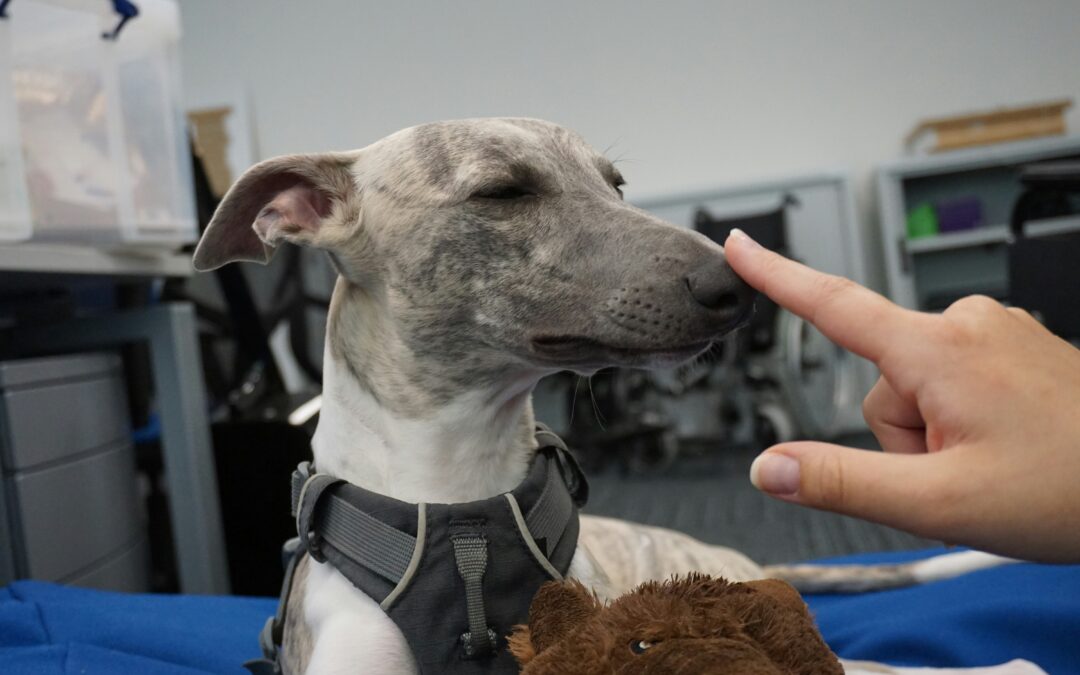Creating the perfect pet profile is essential in increasing adoption rates for rescues and shelters. The recent webinar from Adopt A Pet, “The Data-Driven Guide to Adoption Marketing,” shed light on some crucial trends that can help animal welfare organizations better match pets with potential adopters.
In today’s digital-first adoption world, adopters are looking for more detailed and engaging profiles—whether it’s the pet’s photo, breed, or age. So, let’s dive into the data from Adopt A Pet and explore the key strategies for making your pets more adoptable.
What Are People Searching for on Adopt A Pet?
A staggering 6.5 million initial searches were run on Adopt A Pet in March 2024 alone, showing just how critical it is to be visible on platforms like this. Out of these searches:
- 54% of users filtered for a specific age range.
- 39% of dog adopters searched by breed.
- 16% of cat adopters searched by sex.
Of those who began with general searches, many refined them further:
- 10% added age to narrow their search.
- 7% added breed filters.
- 5% searched by the sex of the pet.
These stats indicate the importance of providing key details in pet profiles. Potential adopters are actively looking for pets that meet specific criteria, and the more complete your profile, the more likely you are to match with an adopter.
Why Breed and Age Matter
While we in animal welfare know that breed isn’t always an accurate predictor of personality or size, adopters still rely heavily on it. Breed is often a proxy for what they think they’ll get in terms of temperament and appearance.
- Top breeds searched for dogs include Chihuahua, Pit Bull Terrier, German Shepherd, Golden Retriever, and Labrador Retriever.
- Top breeds searched for cats include Maine Coon, Siamese, Bengal, Sphynx, and Ragdoll.
Here’s the critical takeaway: if you don’t specify a breed and just mark a dog as “Mixed Breed,” your pet will be excluded from searches for these highly sought-after breeds. Right now, meeting the public where they are—by listing breeds—helps pets show up in more searches and ultimately find homes faster.
- 82.9% of dog adopters search for puppies or young dogs.
- 86.1% of cat adopters search for kittens or young cats.
This highlights how much of a focus adopters place on age, meaning it’s crucial to include age details in your pet profiles.
Optimizing Pet Profiles: A Checklist for Success
To increase your chances of getting pets adopted, here’s a data-driven checklist for creating high-quality profiles:
- Photos, photos, photos: Pets are 3x less likely to get adopted without a photo. One high-quality photo can increase engagement by 500%. Make sure your photos are clear, focus on the pet, and ideally show them in a friendly, welcoming environment.
- Detailed health information: Pets are 54% more likely to get adopted if their profile includes vaccination or health details.
- Housetraining status matters: For dogs, mentioning that a pet is housetrained makes them 59% more likely to get adopted. People want to know what they’re signing up for!
- Behavioral information: Sharing whether the pet is good with children or other animals increases adoption likelihood by 56%.
- Adoption fees: 81% of adopters rank knowing the adoption fee as the most important piece of information. It doesn’t matter if the fee is high or low—what matters is transparency.
- Age, Size, and Breed: Even though breed isn’t always a reliable indicator of personality, 39% of dog adopters search by breed, and 16% of all dog searches include a size filter. Don’t skip these details!
- Videos: Short, 15-second videos showcasing the pet’s personality can boost engagement by 135%. Show potential adopters a playful, happy pet that they can envision in their homes.
Why Profile Completion is Critical
One shocking statistic from Adopt A Pet is that only 0.3% of dogs and 0.1% of cats listed by shelters have fully completed profiles. Comparatively, Rehome pets—pets being privately rehomed—get more clicks and applications. This may be due to the fact that 12% of cats and 15% of dogs listed through Rehome have full profiles.
The data is clear: fully completing profiles, including photos, health, behavior, and other details, will make your pets stand out and improve their chances of getting adopted.
How Pawlytics Can Help Rescue Organizations Optimize Adoptable Pet Profiles
Managing full pet profiles while keeping up with other tasks at a shelter can be overwhelming—but that’s where Pawlytics comes in.
Our software helps you streamline the process, ensuring that all pet profiles are complete, detailed, and easily uploaded to Adopt A Pet. With our platform, you can:
- Seamlessly transfer pets to Adopt A Pet without extra administrative work.
- Upload high-quality photos, videos, and detailed health/behavior profiles.
- Manage every aspect of your operations from a single, easy-to-use database, ensuring your adoption process is smooth and efficient.
Pawlytics also offers website design, hosting services, and SEO expertise to make sure your rescue’s online presence is optimized to attract adopters.
Conclusion: Improving Adoption Marketing with Data
The data from Adopt A Pet’s webinar makes one thing clear: shelters and rescues can significantly boost adoption rates by focusing on the details that matter to adopters. By optimizing pet profiles with clear photos, videos, health, and behavioral information—and by understanding what criteria potential adopters are searching for—you’ll see higher engagement and more successful adoptions.
Thank you to Adopt A Pet for hosting this insightful webinar and for sharing their valuable data. Let’s use these insights to better market our adoptable pets and find more loving homes for animals in need!
